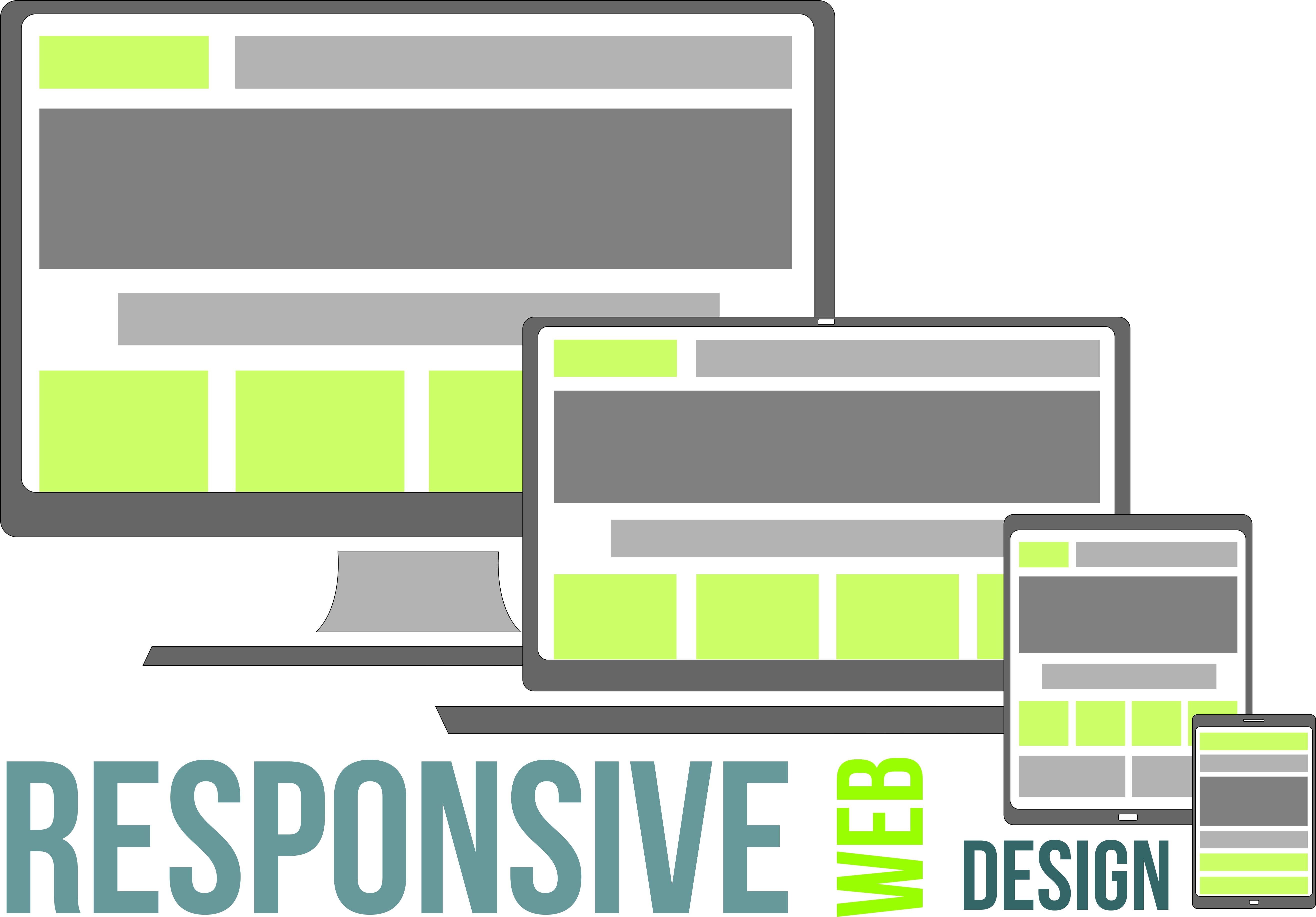There are a number of very specific keys to creating successful, responsive websites. Utilizing focused, time-tested website designer's will help you move visitors from 'curious' to an 'on-going' customer much more quickly and efficiently than without one.
The Tenacious Reality of Responsive Websites
When a digital marketer is working to make a responsive website - they find themselves contending with a tidal-wave of new and evolving mobile devices. It is no news that most of today’s buyers are used to reviewing content through several types of devices.
Anytime you are faced with a variety of screen sizes or inconsistent resolutions - your “always-on” buyers should be able to easily engage with your brand - where, how, and at any time they choose. You are also at the same time dealing with a genuine potential of scrambled information that does not show or present in the manner intended on a specific device.
Failing to make certain your sales message is easily viewed and comprehended through all potential device types - especially for those buyers who are seemingly continuously online - can cause major issues when it comes time to convert interest into sales.
The Profound Value of Utilizing Design-Feature Check-Lists
Always check your message consistency as it spans across all of the device types currently in use by your visitors. This means learning about how to deliver optimal user experiences through every device that is currently accessing your website. It is critical to deliver into the platforms in use by your active customers.
Responsive websites need a design that balances one "content-base" and one "code-base". This is done to render content across a large variety of screen resolutions. It also helps with device types and models that are specifically designed for interaction.
Key Factors For the Truly Responsive Website
•Identify any key decision points while considering what needs to be examined.
•Include key factors that drive the adoption of responsive designs
•Select a content strategy that's specific to responsive design efforts
•Identify key differences between both adaptive and responsive designs
•Since recent advances in Google’s algorithms, ranking of sites that are not mobile friendly is significantly reduced
•Choose elements that are most valuable to your visitor
•Pare-down the desktop versions and only include essentials
This creates responsive websites that seamlessly scale to any format
Planning Simple Designs
A responsive design also requires simple designs. Here, simple - is a far cry from "generic". Great designers aren't just tossing hundreds of images at a screen along with thousands of words. Designers identify the most powerful images. They craft statements into short, clear messages. Flat-design is an almost element-free design. Great designers will remove features like drop-shadows or gradients for a cleaner, less distracting look.
Remember: "TEST Like Crazy!"
Testing is the only real approach to getting to know your target audience. You have to discover what customers want and need most from your web design. Making responsive websites - can be as simple as taking one logical, professional step after the other. Looking to make your website responsive? We can help! Contact Nextiny Marketing to get your website on the mobile map.


-1-1.png)


